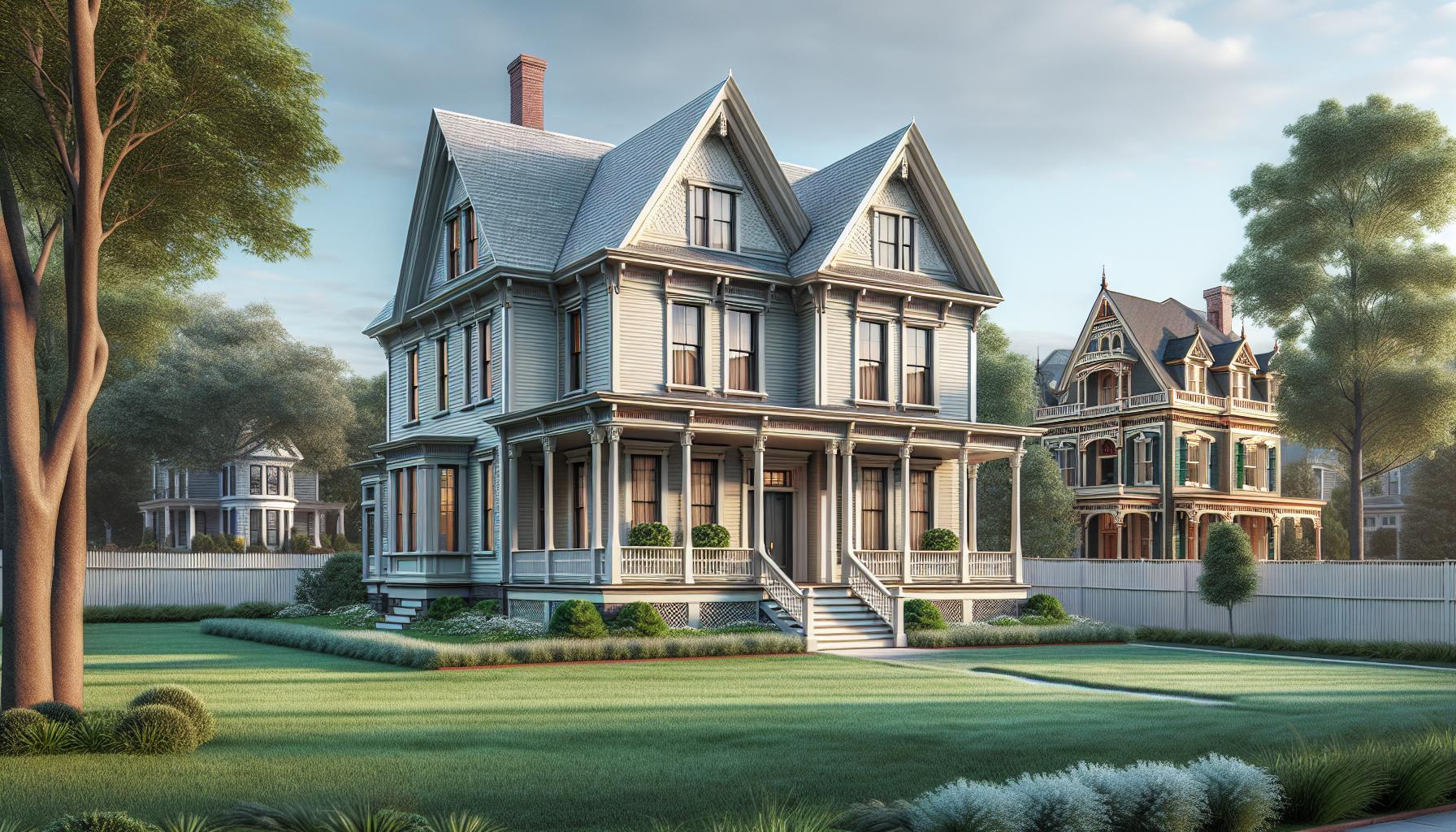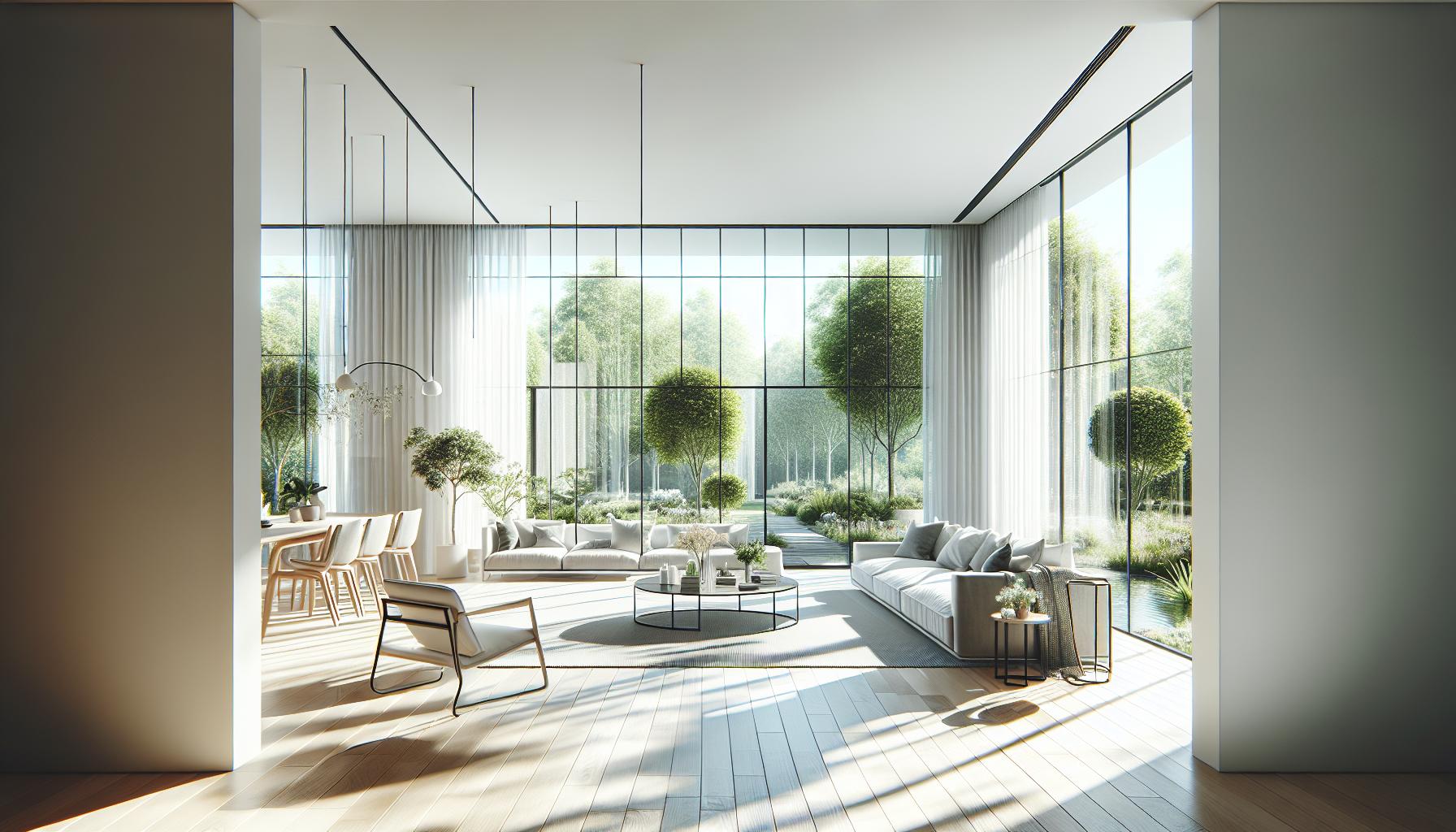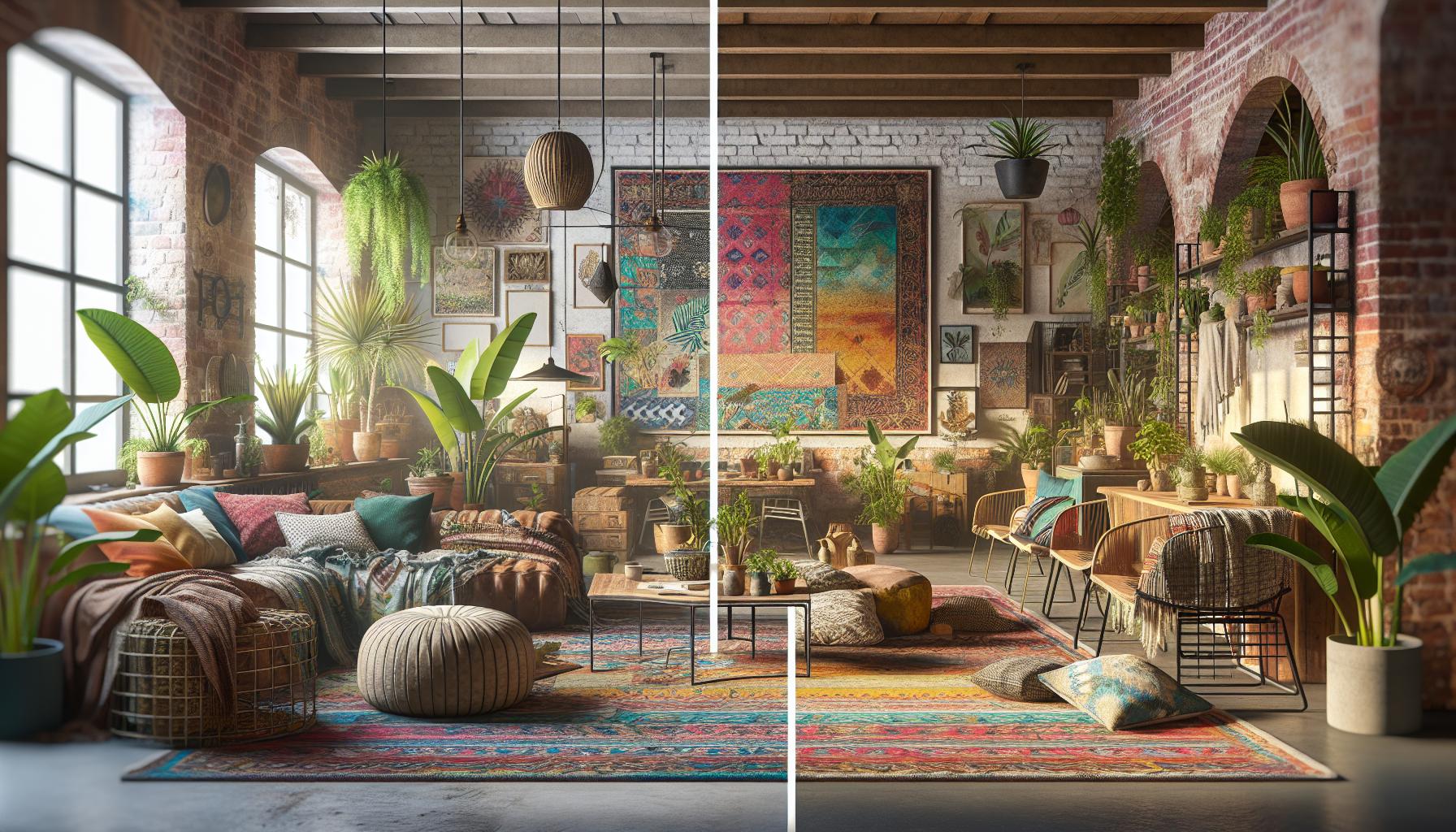Home design styles reflect personal taste and cultural influences, creating spaces that resonate with their inhabitants. From the sleek lines of modernism to the rustic charm of farmhouse aesthetics, each style offers a unique way to express individuality and functionality. Understanding these diverse styles can help homeowners make informed decisions that enhance both comfort and visual appeal.
As trends evolve, the world of interior design continues to expand, introducing fresh interpretations of classic styles and innovative concepts. Whether someone is drawn to the minimalism of Scandinavian design or the vibrant colors of bohemian decor, there’s a style to suit every preference. Exploring these various home design styles not only inspires creativity but also establishes a foundation for creating the perfect living environment.
Key Takeaways
- Home design styles are influenced by personal taste, cultural backgrounds, and historical contexts, aiding homeowners in crafting spaces that are both functional and aesthetically pleasing.
- Key styles include Modern, Contemporary, Traditional, Farmhouse, Industrial, Scandinavian, Bohemian, and Mid-Century Modern, each offering distinct features and atmospheres.
- Modern and Contemporary designs emphasize minimalism and current trends, focusing on clean lines, open spaces, and innovative materials for a seamless living experience.
- Traditional styles, like Colonial and Victorian, showcase rich colors, intricate details, and symmetrical layouts, reflecting timeless elegance and craftsmanship.
- Eclectic styles, such as Bohemian and Industrial, allow for artistic expression through vibrant colors, mixed textures, and raw materials, creating unique and personalized environments.
- Understanding these diverse home design styles enables homeowners to make informed choices that enhance their living spaces and resonate with their lifestyles.
Types of Home Design Styles
Home design styles offer a framework for aesthetic preference and functionality within living spaces. These styles often derive from historical influences, regional characteristics, and individual tastes. Understanding various home design styles enhances a homeowner’s ability to create a personalized environment that resonates with their lifestyle.
- Modern
Characterized by clean lines and minimalism, modern design emphasizes simplicity and functionality. This style incorporates materials like glass, steel, and concrete, often featuring open floor plans. - Contemporary
Utilizing current trends, contemporary design can change over time. It integrates elements from various styles, emphasizing sustainability and innovation, with a focus on neutral colors and geometric forms. - Traditional
Rooted in European decor, traditional design showcases classic furniture, rich colors, and elegant details. It often features symmetrical layouts and ornate decorations, evoking a sense of timelessness. - Farmhouse
Combining comfort with rustic charm, farmhouse design utilizes natural materials like wood and stone. This style often includes functional furnishings and vintage accents, promoting a cozy atmosphere. - Industrial
Inspired by old factories and warehouses, industrial design features raw materials like exposed bricks and metal. This edgy style often embraces a minimalist approach while allowing space for artistic expression. - Scandinavian
Originating from Nordic countries, Scandinavian design emphasizes simplicity, functionality, and natural elements. It often showcases light colors, natural light, and a clutter-free aesthetic, promoting a sense of peace. - Bohemian
Celebrating eclecticism, bohemian design mixes patterns, colors, and textures. It often includes vintage pieces and handcrafted items, creating a relaxed and vibrant atmosphere that encourages self-expression. - Mid-Century Modern
This style reflects the design trends of the mid-20th century. Utilize organic shapes, vibrant colors, and innovative materials, blending indoor and outdoor living while providing a sense of retro nostalgia.
Each home design style holds unique characteristics that contribute to its overall appeal. By exploring these styles, homeowners can discover options that align with their vision for a comfortable and inviting living space.
Traditional Home Design Styles

Traditional home design incorporates classic aesthetics that evoke historical significance and craftsmanship. The elegance of these styles often reflects regional influences and nurturing environments.
Colonial Style
Colonial style features symmetrical facades, steeply pitched roofs, and evenly spaced windows. This design captures the essence of early American architecture, with influences from the British, Dutch, and Spanish settlers. Common characteristics include:
- Materials: Wood siding, brick, and stone create a sturdy appearance.
- Colors: Neutral palettes, along with whites and pastels, dominate the exterior and interior hues.
- Details: Decorative elements like pilasters, shutters, and gabled roofs enhance visual appeal.
Colonial homes often contain functional layouts, such as separate living and dining areas, along with a central entrance. This design promotes both practicality and tradition.
Victorian Style
Victorian style showcases intricate details and vibrant colors, representing the ornate era of the 19th century. This style emphasizes complexity and individuality, with distinct features like:
- Architectural Details: Elaborate trim, turrets, and bay windows add character and depth.
- Color Schemes: Bold hues, including deep reds, greens, and blues, contrast with lighter accents.
- Interior Elements: High ceilings, wallpaper, and patterned textiles create rich environments.
Victorian homes often incorporate asymmetrical layouts, promoting unique facades and diverse room arrangements. These homes not only provide charm but also express a sense of creativity in design.
Modern Home Design Styles

Modern home design encompasses various styles characterized by simplicity, functionality, and sleek lines. This section explores the minimalism and contemporary styles that define modern living.
Minimalist Style
Minimalist style emphasizes simplicity and functionality. It features clean lines, uncluttered spaces, and a limited color palette, often focusing on neutral tones. Furniture prioritizes form and usability, with multi-functional pieces common in this style. Natural light plays a key role, maximizing openness and creating airy environments. Decorative elements remain minimal, often highlighting a single focal point, such as a piece of art or a statement light fixture. This approach fosters tranquility and encourages a serene atmosphere in the home.
Contemporary Style
Contemporary style reflects current trends in design, characterized by a mix of styles and an emphasis on innovation. It often incorporates elements from various design movements, creating an eclectic yet cohesive appearance. Open floor plans and large windows are common, allowing for seamless transitions between indoor and outdoor spaces. Furniture tends to feature bold shapes and innovative materials, such as metal, glass, and sustainable resources. Colors range from neutral to vibrant, depending on the homeowner’s preferences. Contemporary design continually evolves, ensuring spaces remain fresh and relevant while meeting modern living needs.
Eclectic and Alternative Styles

Home design styles like eclectic and alternative provide unique approaches to interior aesthetics, blending various influences and trends to create personalized spaces.
Bohemian Style
Bohemian style embraces a free-spirited and artistic ethos. Characterized by vibrant colors, bold patterns, and an array of textures, it reflects a sense of individuality and comfort. Key elements include:
- Layered Textiles: Mixing rugs, throws, and cushions creates visual depth and coziness.
- Global Influences: Incorporating items from various cultures, such as Moroccan lamps and Indian tapestries, enhances diversity.
- Plants: Using a variety of indoor plants adds natural beauty, contributing to a fresh atmosphere.
- Unique Decor: Displaying eclectic art pieces, handmade crafts, and vintage finds showcases personal expression.
Industrial Style
Industrial style draws inspiration from warehouses and factories, merging raw materials with modern aesthetics. It features a minimalist approach that emphasizes function and openness. Prominent characteristics include:
- Exposed Elements: Highlighting structural features like beams, pipes, and brick walls exposes the building’s character.
- Neutral Palette: Utilizing shades of gray, black, and brown allows other design elements to stand out.
- Metal and Wood: Combining metal finishes with reclaimed wood furniture generates warmth while retaining an urban feel.
- Open Spaces: Favoring open floor plans fosters a sense of airiness, encouraging seamless movement throughout the home.
These styles exemplify how unique elements come together, allowing homeowners to curate spaces that reflect their personalities and lifestyles.
Exploring Various Home Design Styles
Exploring various home design styles opens up a world of possibilities for creating unique living spaces. Each style offers distinct characteristics that can enhance both comfort and aesthetic appeal. By understanding these diverse options, homeowners can make informed choices that reflect their personal tastes and lifestyles.
The right design style can transform a house into a home, making it a true reflection of its inhabitants. As trends evolve, so do opportunities for innovation and creativity in home design. Embracing these styles allows individuals to curate environments that inspire and resonate with their vision for a perfect living space.